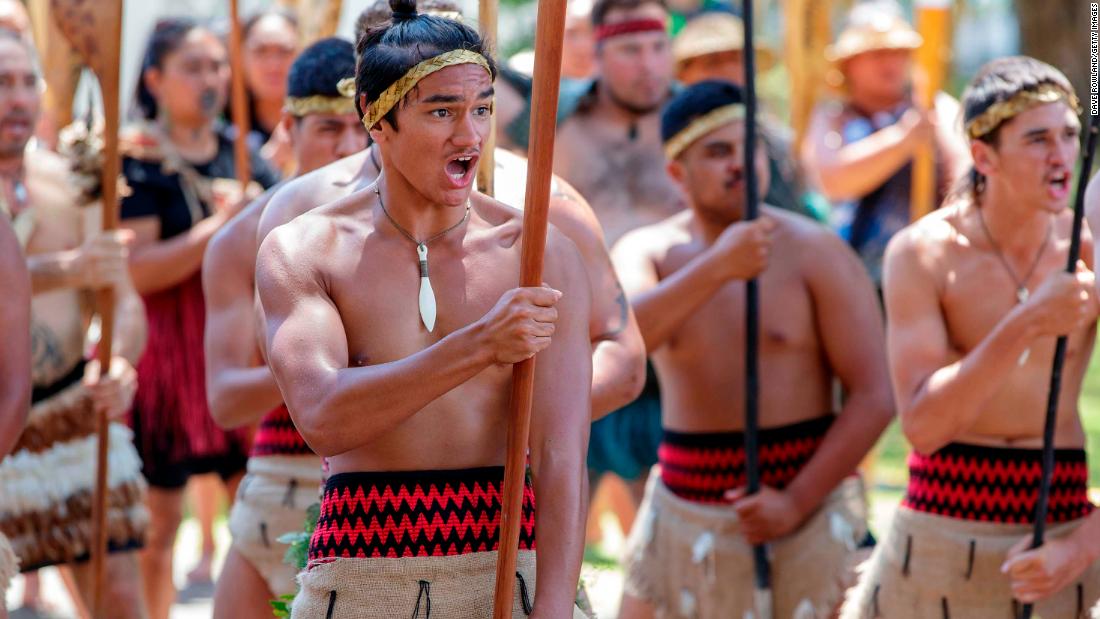Proponents of change say the country’s history as taught today tends to cover up the atrocities against indigenous peoples during colonization, while critics say the new curriculum would fail to present a balanced view of the past.
“We will teach, we will learn and remember. We will share our story with all students in all schools …”, said Prime Minister Jacinda Ardern when launching an outline of the course, which she plans to present next year.
Māori, who represents about 15% of New Zealand’s population, was stripped of much of its land during colonization by Great Britain. Thousands of Māori protested civil and social rights in 2019 and criticized successive governments for not doing enough.
Speaking on a visit to the site of the 1846 British-Maori battle in Ruapekapeka, Ardern asked the public for comments on the project, which supporters say reflects a renewed recognition of Maori history and culture.
The proposed curriculum includes Māori’s arrival in New Zealand, early colonial history, New Zealand immigration and colonization and the Treaty of Waitangi – a founding treaty that was signed between representatives of the British Crown and more than 500 Māori indigenous chiefs in 1840.
Opposition spokesman Paul Goldsmith, the conservative National Party, said the bill “lacks balance and needs revision.”
“How do we make a living as a country? How, in such a short time, do we achieve one of the highest standards of living in the world?”
“These basic issues are not highlighted. They deserve much more than a passing reference,” said Goldsmith.
New Zealand marks Waitangi Day on Saturday, named after the Waitangi region on New Zealand’s North Island, where the founding treaty was signed.
